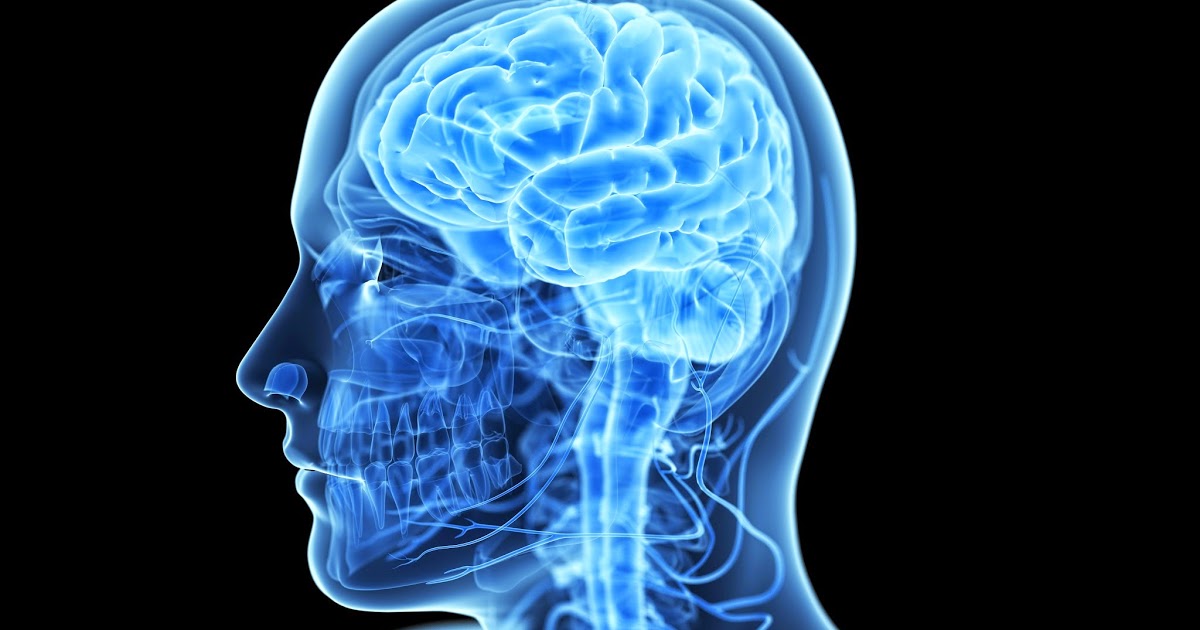Guide To The Major Types Of Ataxia
Ataxia is characterized by a loss of muscle control and the impaired coordination of voluntary movements. It is caused by underlying medical conditions, including cerebral palsy, strokes, infections, brain injuries, tumors, and autoimmune conditions. Patients with ataxia could struggle with coordination in the upper or lower limbs. For example, some might have alterations in their gait, and others could experience difficulty with using their fingers to grasp objects. Loss of balance, speech difficulties, and impaired swallowing could occur as well. To determine the underlying cause of ataxia, doctors begin by performing a complete physical examination that includes a comprehensive neurological examination. The exam will check the patient's memory, hearing, vision, balance, reflexes, and coordination. Some patients may be asked to have a lumbar puncture, genetic testing, or imaging studies to obtain more information. There is no specific treatment for ataxia itself. Instead, physicians aim to identify and treat the underlying cause of the symptom. In some cases, stopping a particular medication could reverse a patient's ataxia. Patients who have ataxia due to a chronic condition such as cerebral palsy or multiple sclerosis may benefit from the use of adaptive devices to aid mobility and speech. Physical therapy, occupational therapy, and speech therapy are provided as needed to improve the patient's balance, swallowing, speaking, and ability to perform daily tasks.
The guide below outlines the major types of ataxia.
Cerebellar Ataxia

Cerebellar ataxia, which originates in the part of the brain known as the cerebellum, is the most common form of ataxia. The cerebellum is responsible for coordination and balance. Brain tumors, viral infections, and autoimmune conditions are among the most frequent causes of cerebellar ataxia. Some patients could develop an acute form of cerebellar ataxia after infection with the chickenpox or Epstein-Barr viruses, and Coxsackie disease is another recognized cause. Patients with this form of ataxia typically display a wide gait, muscle tremors, slurred speech, and changes in personality or behavior. In addition, some individuals experience dizziness, fatigue, headaches, and vocal changes. Acute cerebellar ataxia is especially common in children, and a 2016 study found ninety-one percent of cases resolve within thirty days. Depending on the cause, patients may be treated with antibiotics, corticosteroids, antiviral medicines, and mediation to reduce muscle spasms.
Uncover details on the next type of ataxia now.
Vestibular Ataxia

Vestibular ataxia originates in the vestibular system, a part of the body that includes the inner ear and is involved in normal hearing. This form of ataxia is often caused by damage to the nerves of the ears, and it can also develop as a result of inflammation in the ear. Some patients may have rapid-onset (acute) vestibular ataxia, and this produces symptoms such as vertigo, nausea, and vomiting. Individuals with chronic vestibular ataxia frequently experience gait unsteadiness as the only symptom. Patients experiencing vestibular ataxia as a result of ear inflammation may be able to reverse their symptoms if the inflammation is successfully treated. Individuals with this form of ataxia might want to consider having an evaluation with an ear, nose, and throat specialist in addition to their primary care doctor or neurologist.
Continue reading to learn about the next type of ataxia now.
Sensory Ataxia

Sensory ataxia develops when the patient loses their sense of the relative position of neighboring parts of the body (proprioception). Without this sense, the patient is unable to tell whether or not different parts of the body are moving with proper coordination. Individuals with sensory ataxia typically have reduced postural stability, and they may find it particularly difficult to maintain a given posture in environments without adequate lighting. Sensory ataxia patients could also have a heavy, unsteady gait similar to stomping, and they may have trouble with performing smooth, voluntary movements that involve the eyes, limbs, and torso. Due to the loss of proprioception, individuals with sensory ataxia rely more heavily on their vision to guide their movements. Thus, patients may need to make lighting modifications to their homes and workplaces to ensure regularly used areas have bright lighting. Some patients may also need mobility aids to reduce the risk of falls.
Read more about the different types of ataxia now.
Genetic Ataxia

Genetic ataxia, also known as inherited ataxia, occurs as a result of a genetic mutation a child inherits from their parents. In some cases of genetic ataxia, a child can inherit the condition if just one of their parents carries the mutation. However, some types of genetic ataxia can only be inherited if both parents are carriers. A condition known as Friedreich's ataxia is one of the more well-known forms of genetic ataxia. It occurs in an estimated one out of every forty thousand individuals, and most cases are diagnosed between the ages of ten and fifteen. Patients with this condition typically experience muscle weakness, hearing loss, absent reflexes in the lower limbs, structural changes in the feet, and difficulty feeling vibrations in the legs and feet. In addition, doctors estimate seventy-five percent of Friedreich's ataxia patients have cardiovascular issues, the most common of which is hypertrophic cardiomyopathy, a thickening of the heart muscle that can result in palpitations, chest pain, and shortness of breath. Genetic testing can be performed to diagnose Friedreich's ataxia and other forms of genetic ataxia, and patients may also need to have electromyography studies, electrocardiograms, and echocardiograms. Physical therapy and adaptive devices can improve mobility for patients with this form of ataxia.
Get more information on the different types of ataxia now.
Acquired Ataxia

Acquired ataxia typically results from a traumatic event such as a stroke or a head injury, and it can also develop as a complication of brain surgery. Viral infections, exposure to toxic chemicals, excessive consumption of alcohol, drug misuse, and the use of recreational drugs are other potential triggers. Depending on the cause, acquired ataxia may be reversible if prompt treatment is received. For example, patients who develop acquired ataxia as a result of alcohol or drug use might notice their symptoms disappear after successful rehabilitation, and those with viral infections could see their symptoms disappear if the virus is successfully treated. Patients who have acquired ataxia after brain surgery may improve with sufficient recovery time. Individuals with ataxia should always let their neurologist know about any changes in their symptoms.